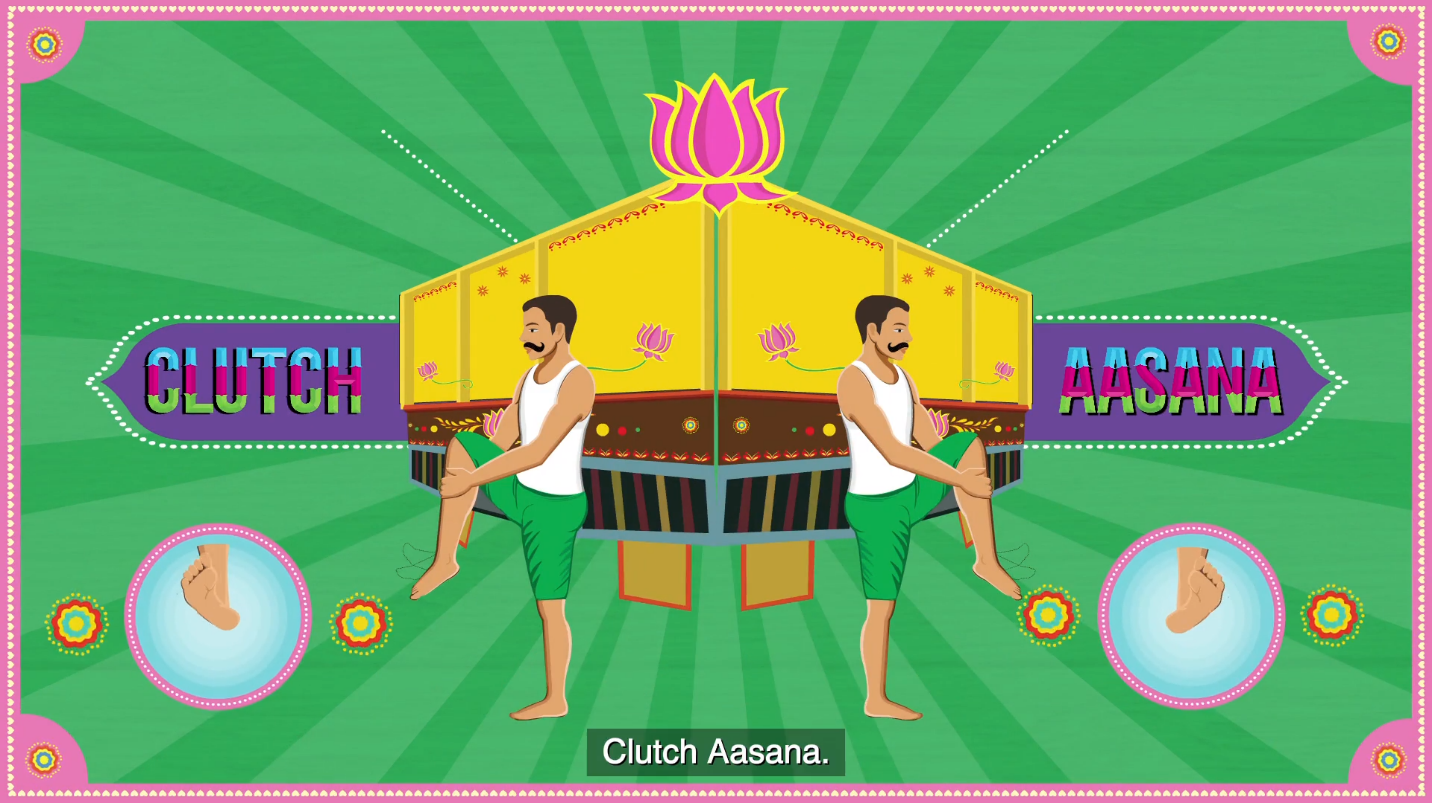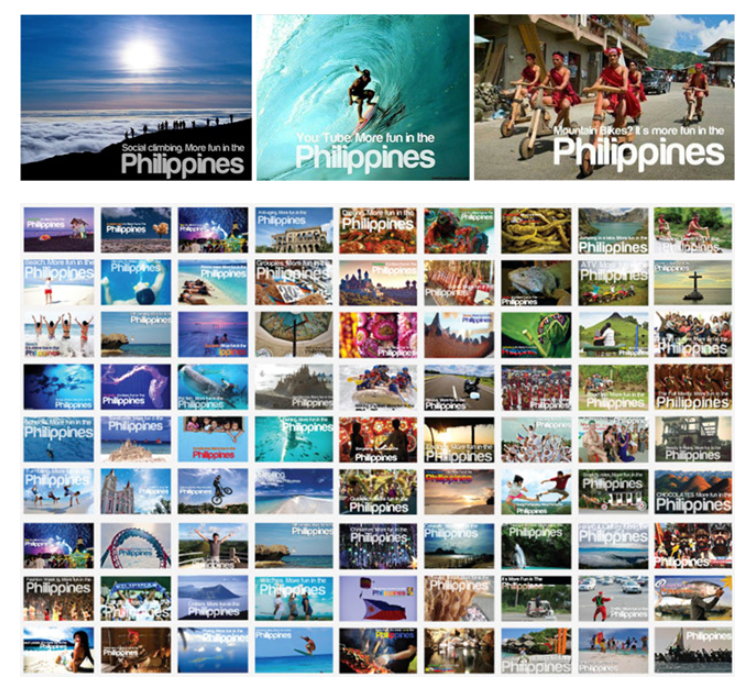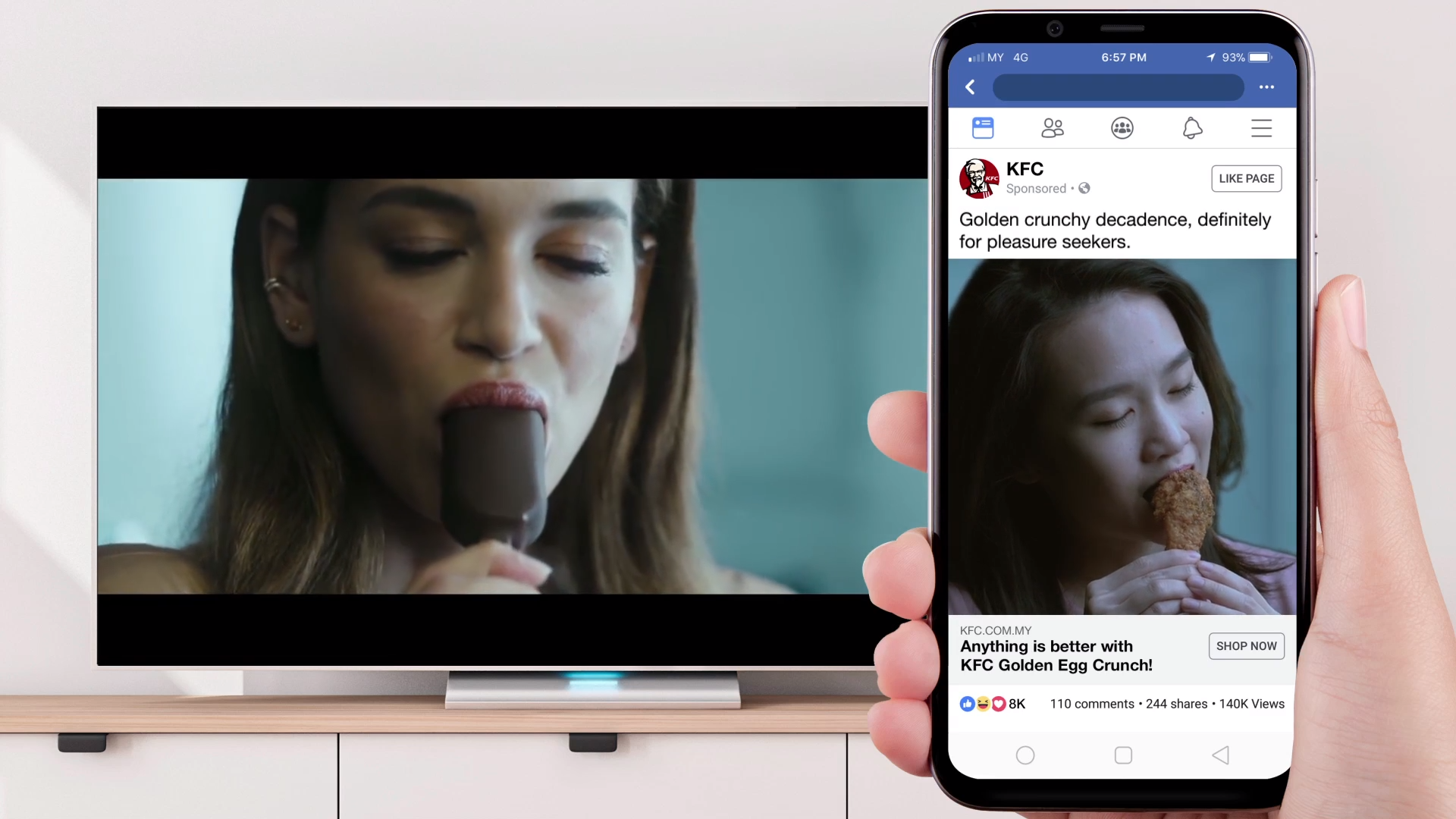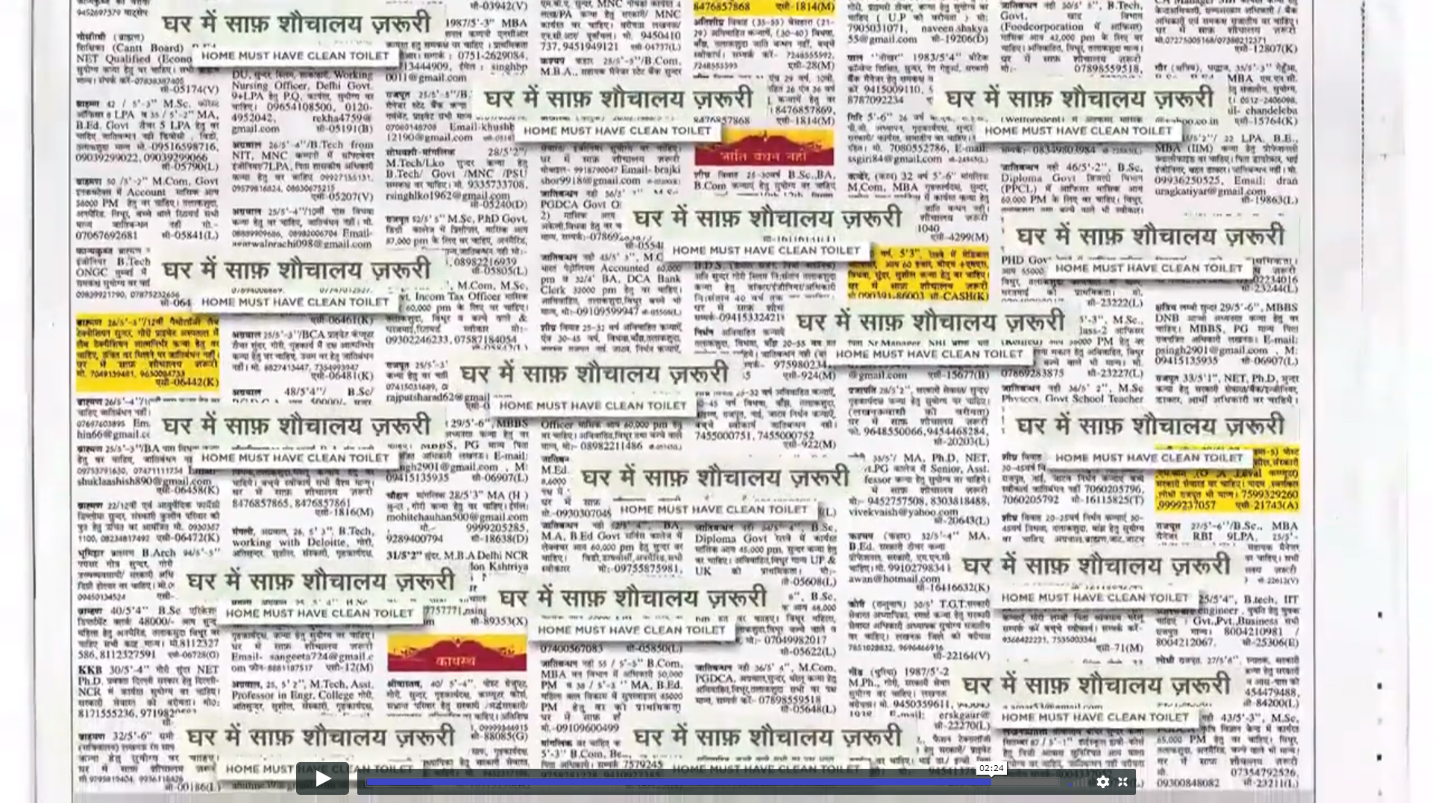WARC’s Chiara Manco looks back at ten years of the WARC Prize for Asian Strategy to see how Asia’s most effective marketing strategies adapted their channel selection in an ever-changing media landscape.
For the past decade, the WARC Prize for Asian Strategy has rewarded the region’s smartest thinking. A lot has changed in ten years, most significantly, the emergence of new channels and new patterns of media consumption. Analysing the best-performing papers from the Prize’s ten years, we focused on television, social media and newspapers.

In 2011, when the Prize first launched, television reigned supreme: 92% of shortlisted papers used it. Soon after, however, its decline began. By 2019, only 27% of shortlisted papers cited it in their media mix. This is no surprise given the rapid rise of social media, which has also spawned influencers – a somewhat cheaper option for advertisers, particularly those seeking to connect with younger audiences.
But this shift is not all about following audiences: plenty of people still engage with TV on a daily basis, and it remains highly effective. With the shrinking of advertising budgets, brands often don’t have the capability of going all in with a big, TV-driven campaign, and rely on a combination of PR and social for awareness and reach. Today, TV remains a valid component within media strategies, but it rarely constitutes the backbone, and is often found playing a more supporting role.
Newspapers have also witnessed a decline: while 64% of shortlisted papers used them as a channel in 2011, none did in 2019. As digital natives are less inclined to read ink on paper, advertisers are gravitating towards news in digital form. However, in some areas of the Asian market, particularly Japan and India, newspapers remain a popular choice, particularly to target older audiences.
Let’s explore these trends through some of the past decade’s WARC Prize for Asian Strategy’s winners.
Television – evolving from lead to supporting role
Cadbury Dairy Milk’s winning campaign from 2011 exemplifies a TV-driven campaign, devoting 75% of its media spend to TV with supporting channels including radio, OOH, print and digital.
Cadbury, with Ogilvy & Mather, positioned itself within modern Indian culture. It found that sweets in India are auspicious symbols that are often gifted and consumed to mark new beginnings. Looking to become a good-luck symbol itself, while at the same time portraying progressive India, Cadbury launched TVCs featuring a boy asking out a girl, a middle-aged woman swapping her sari for jeans and a girl eloping with her boyfriend – all new beginnings that were celebrated with Dairy Milk.
It prompted a year-on-year increase of 42% in sales value and of 33% in sales volume for Cadbury Dairy Milk, with other Cadbury brands benefiting from the activity too. Proving that TV can be an effective fame-driver, the campaign was the most recalled among the category when it ran in 2010.
Fast-forward to 2019 and oil lubricant brand’s Castrol perfectly illustrates the shift towards increasingly PR-driven strategies in integrated campaigns. From Ogilvy and Mindshare, the Truck Aasana campaign championed Indian truckers’ health by creating yoga positions tailor-made for them. The initiative was backed by PR and culminated in an event attended by more than 500 truckers. TV amplified it, alongside online video, direct marketing and social media.

Earning PR worth more than $300,000 and driving 22% growth, the campaign won a Bronze and the Category Disruptor Special Award.
Social media – facilitating and supporting new consumer habits
By 2013, social media had clearly overtaken TV in the media mix of shortlisted entries to the Prize. That year’s Grand Prix, It’s More Fun in the Philippines by The Philippines Department of Tourism, marks a turning point: it not only made use of social media as a platform, but showed how to galvanise a community to be powerful brand advocates.
The campaign, through BBDO Guerrero, invited Filipinos to promote their country, sparking thousands of pieces of user-generated content. Tourist numbers increased by 9%, outperforming Malaysia’s long-standing and successful competing campaign despite a much lower budget.

By 2019, social had moved on and the Prize started to attract entries where intended audiences were multi-screening. In Malaysia, KFC had found that 87% of TV viewers browse their mobiles when TV ads are on and used this to its advantage for its Chinese New Year campaign. Anything is better with KFC Golden Egg Crunch, through Ensemble Worldwide and Universal McCann, used TV sync technology to hijack competitors’ TV ads and create KFC parodies that were served in real-time to viewers across Facebook, Instagram and Google. It led to a 38% sales increase and the campaign took a Silver in 2019.

Growing use of influencers in the social media mix has been a feature of winning papers, particularly in recent years. Spray-paint brand Nippon Pylox, again in Malaysia, took Silver and the Research Excellence Special Award in 2018 with Ensemble Worldwide’s If you can dream it you can Pylox it. The campaign enlisted influencers as brand ambassadors from three different communities, helping it to increase year-on-year sales by 41%.
Newspapers – maintaining relevance within cultural pockets
In recent years, with more focus on digital and millennial audiences’ lack of interest in printed newspapers, advertisers have reduced their investment in newspapers across Asia as well as in the rest of the world.
However, within the region and especially in India, several campaigns have used newspapers in groundbreaking and effective ways. Executions that to the Western eye may look overly traditional, have proved to work hard for brands with a deep understanding of local cultural norms. 2018’s Gold winner India’s newest status symbol from detergent brand Harpic was one of only two shortlisted papers citing newspapers in their media mix that year. Led by McCann Worldgroup India, it championed the adoption of toilets in rural India by turning them into indicators of status on the highly popular matrimonial section of newspapers. By advertising solely on newspaper ads, Harpic reached 9.6 million people and contributed to the building of new toilets in 5 million households.

While a lot has changed in the past ten years, the WARC Prize for Asian Strategy continues to be a window on this diverse and dynamic market, recognising those strategies that will inspire present and future marketers.
This article is part of a special content programme marking the tenth anniversary of the WARC Prize for Asia Strategy. The 2020 edition is open for entries, with the deadline on 14 July. The Prize is free to enter and winning papers will share a prize fund of $10,000. For further information, visit the website or email warcprizeasia@warc.com.

